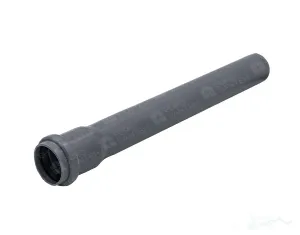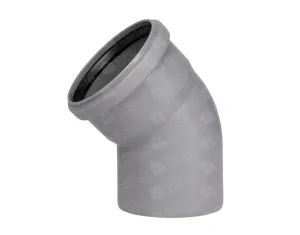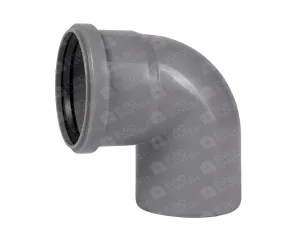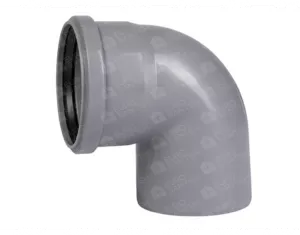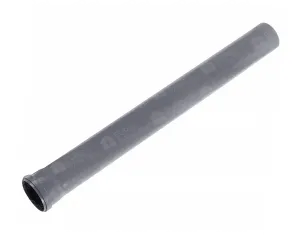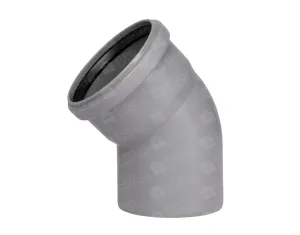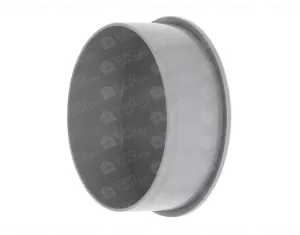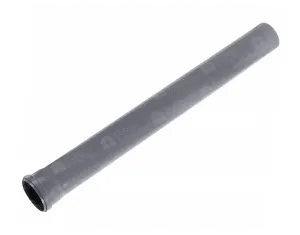Sewer
Sewer systems are the unsung heroes of urban infrastructure, quietly managing the intricate web of waste disposal beneath our feet. As essential components of modern cities, sewer systems play a crucial role in maintaining public health, protecting the environment, and ensuring the efficient disposal of wastewater. In this exploration of sewer systems, we'll delve into their functions, types, and the vital role they play in sustaining urban life.
Unveiling the Functionality of Sewer Systems
Operation Mechanism: Sewer systems are designed to collect, transport, and treat wastewater generated from various sources, including households, businesses, and industrial facilities. These systems ensure the proper disposal of sewage to prevent contamination of water sources and the spread of waterborne diseases.
Key Components:
- Sewer Pipes: These pipes, made of materials like PVC, concrete, or clay, form an extensive network to transport wastewater from individual buildings to treatment facilities.
- Manholes: Access points strategically located throughout the sewer system allow for inspection, maintenance, and clearing of blockages.
- Wastewater Treatment Plants: These facilities are responsible for treating sewage to remove contaminants before releasing the treated water back into the environment.
Types of Sewer Systems
-
Combined Sewer Systems:
- Functionality: Combine stormwater and wastewater in a single pipe system.
- Challenges: During heavy rainfall, these systems may overflow, leading to the discharge of untreated water into water bodies.
-
Separate Sewer Systems:
- Functionality: Keep stormwater and wastewater in separate pipes, preventing overflows during storms.
- Advantages: Minimize the risk of untreated water entering waterways.
-
Sanitary Sewer Systems:
- Functionality: Solely transport domestic and industrial wastewater to treatment plants.
- Challenges: Prone to overflows if the system is not adequately maintained.
The Role of Sewer Systems in Public Health
-
Disease Prevention:
- Properly functioning sewer systems prevent the contamination of water sources, reducing the risk of waterborne diseases.
-
Environmental Protection:
- Treating wastewater before discharge helps protect aquatic ecosystems, preventing harm to fish and other aquatic life.
-
Community Well-Being:
- Reliable sewer systems contribute to a clean and safe living environment, enhancing the overall quality of life in urban areas.
Challenges and Innovations
-
Aging Infrastructure:
- Many cities face challenges with aging sewer systems, necessitating investments in upgrades and maintenance.
-
Stormwater Management:
- Urbanization increases impervious surfaces, leading to challenges in managing stormwater runoff within sewer systems.
-
Smart Sewer Technologies:
- Innovations like smart sensors and real-time monitoring help cities manage sewer systems more efficiently, addressing issues promptly.
The Future of Sewer Systems
As cities continue to evolve, so too must their sewer systems. The future of sewer infrastructure involves embracing sustainable practices, incorporating green infrastructure, and leveraging advanced technologies for real-time monitoring and management. A holistic approach that considers environmental impact, public health, and urban development is crucial for creating resilient and efficient sewer systems that will meet the needs of future generations.
Conclusion
Sewer systems are the silent guardians of urban environments, ensuring the safe and efficient disposal of wastewater. From preventing waterborne diseases to protecting ecosystems, these systems play a vital role in maintaining the health and well-being of communities. Embracing innovation and sustainable practices will shape the future of sewer systems, allowing them to adapt to the ever-changing needs of growing cities while preserving the health of our planet.
